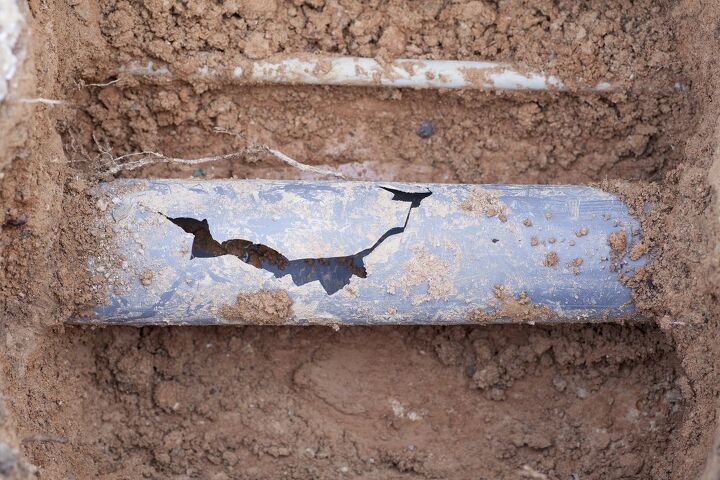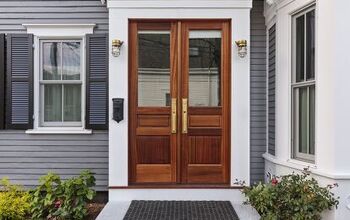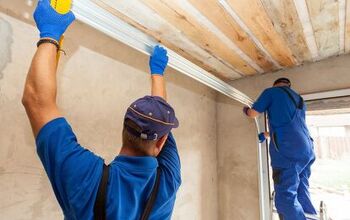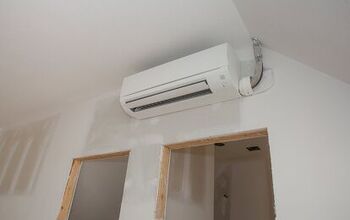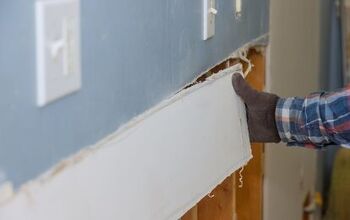Do I Need A Permit To Replace My Sewer Line? (Find Out Now!)

If you’re having major problems with your plumbing and sewer system, it may be time to replace your sewer line. This is usually an expensive and labor-intensive undertaking that requires the help of a professional. But you may be curious about whether a permit is required for this type of project.
You need a permit for any work involving sewer lines, including replacement, due to safety codes that must be followed. You can get a permit from your building and safety department, or your plumber can help you obtain the permit. Some sewer line replacement methods, such as tunneling, will require extra permits due to the risk involved.
Below, learn more about why a permit is necessary for sewer line replacement and how you can get one. We’ll also discuss three different methods of replacing a sewer line and the costs associated with them.
Do You Need a Permit Service?
Get free, zero-commitment quotes from pro contractors near you.

Is A Permit Necessary For Sewer Line Replacement?
All work involving sewer lines requires a permit because there are specific safety codes that must be met. In general, you’ll need to get a permit for almost any type of plumbing work unless it’s a very minor repair.
Why Get A Permit?
Getting a permit can be a bit of a hassle, and it adds to the cost of your project. Still, it’s very important not to skip this step before starting to replace your sewer line.
Plumbing systems are complex, and they require skilled labor to make sure everything is done correctly. A permit helps to make sure the work is safe, effective, and meets all functional requirements.
How To Get A Permit
Always get a permit before starting your sewer line replacement. For this type of job, you’ll want to work with a licensed plumber or contractor.
A professional, experienced plumber should be able to help you obtain a permit. They’ll know how to work with local authorities and potentially speed up the process of getting the permit.
If you’re not working with a professional (which isn’t recommended), you can contact your county’s building and safety department. They will help you get the permit you need to complete your sewer line replacement.
What Is The Process For Sewer Line Replacement?
You have three different options for replacing your sewer line.
Pipelining
Experts most often recommend the pipelining strategy for sewer line replacement. This is a no-dig solution that results in very little disruption to your property.
During pipelining, a PVC pipe called a liner is placed inside your existing pipes. The space between the old pipe and the new liner is then filled with epoxy.
The new liner has a smaller diameter than the old pipes. Still, the finished sewer line will have more than 100% of your previous flow capacity.
PVC liners are continuous, smooth pipes without joints or seams. They’re installed quickly with very little inconvenience, especially compared to methods that involve excavation. There’s less property damage as well, and pipelining is safer than tunneling beneath your home.
Tunneling
Tunneling is another method of sewer line replacement. As you may have guessed, this involves digging a tunnel under your home to replace the sewer line. Generally, experts consider this method dangerous and something that should be avoided.
After the contractor digs a tunnel under your home, they’ll crawl into it to cut out the old pipes. Next, they’ll hang new pipes from the slab foundation.
There are two main reasons why tunneling is considered a safety concern. First, there’s usually very poor air quality under the house. Second, there’s a risk of the soil collapsing while the contractor is in the tunnel.
Plus, since the tunneling process compromises the soil under your home, there’s a long-term risk there. The compromised soil may no longer be able to support your home’s foundation.
Replacing Pipe Sections
A final method of sewer line replacement is replacing the pipe sections one at a time. The plumber or contractor will first use a camera to look for leaks and breaks in the pipes. Once they’ve identified the problem areas, the plumber breaks up the flooring above them with a sledgehammer.
Next, the plumber cuts out the old line and replaces it with new piping. Afterward, you’ll need to repair your flooring. It goes without saying that this method can be expensive and destructive for your home. It can also take a long time to complete the entire sewer line replacement process.
How Much Does Sewer Line Replacement Cost?
The c ost of sewer line replacement depends on the method used. The pipelining process will run you around $3000 to $6000.
For tunneling, the cost can be more than $10,000. This is thanks to the heavy digging equipment, additional permits due to risk, and extra manpower needed for this method.
Meanwhile, replacing the sewer line in sections can cost around $3000 to $6000. However, this estimate doesn’t include the cost of repairing your flooring once the sewer line replacement is complete.
If you want to avoid the cost of sewer line replacement, keep up with regular sewer line maintenance. The cost of maintenance is much smaller than the cost of replacement.
Do You Need a Permit Service?
Get free, zero-commitment quotes from pro contractors near you.

Related Questions
Is sewer line protection worth it?
For most people, it’s not necessary to insure your sewer line. But if your water main is more than 50 years old, then you might want to consider sewer line protection.
You might also want sewer line protection if your water bill has been increasing and you don’t have an emergency fund. A steadily increasing water bill, especially in an older house, may indicate a leak.
Is sewer line replacement tax-deductible?
No, plumbing repairs are not tax-deductible. Unfortunately, you can’t deduct even a large project like a sewer line replacement from your taxes. In fact, any repair expenses on your personal use property aren’t deductible.
Is sewer line replacement covered by homeowners insurance?
Generally, a standard homeowners insurance policy does not cover sewer line replacement. However, insurance may cover it if you have water or sewer backup as an add-on to the policy. Some companies offer sewer insurance as a standalone policy; insurance would cover a sewer line replacement in this case.
Related Guide

With a lifelong passion for writing plus strong enthusiasm for home improvement and DIY projects, joining the team at Upgraded Home was an easy choice. Jessica Allen likes to share helpful information with current and aspiring homeowners. Aside from writing, Jessica loves doing yoga, playing the piano, and dabbling in graphic design.
More by Jessica Allen



